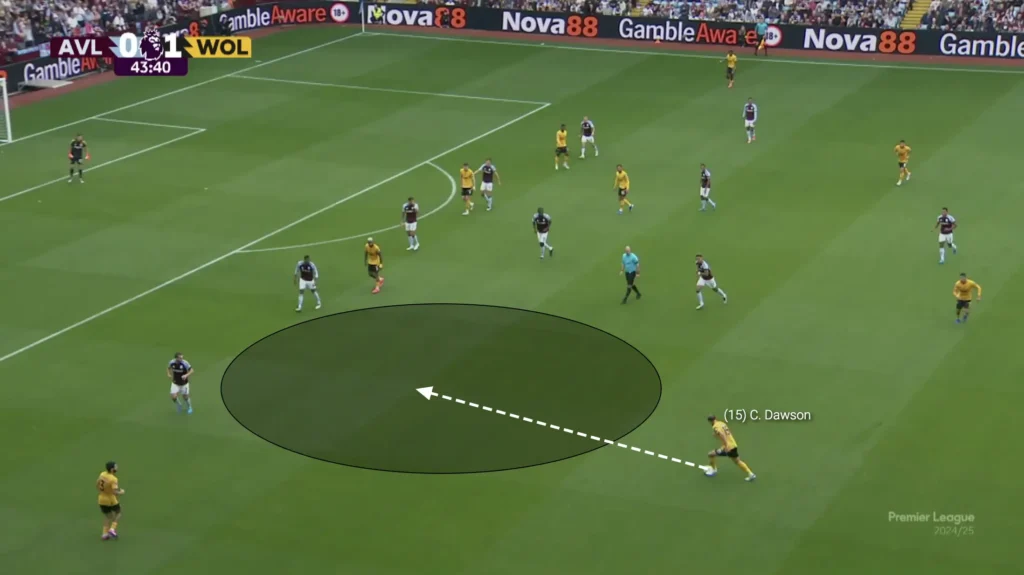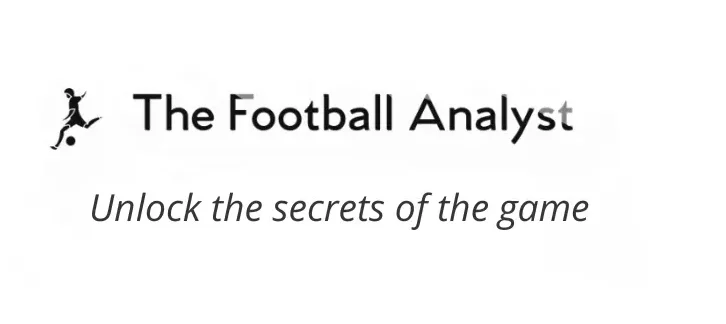In modern football, data helps us understand almost every part of the game. One of the most useful metrics for tracking how teams move the ball up the pitch is the progressive carry. While passing often gets most of the attention, carrying the ball forward can be just as effective—and just as important. In this article, we explain what progressive carries are, how analysts measure them, and why they matter in football performance analysis.
What Is a Progressive Carry?
A progressive carry happens when a player moves the ball significantly closer to the opponent’s goal while keeping it under control. Instead of focusing on passes, this metric tracks how much ground a player covers with the ball at their feet.

Most analysts follow a common definition, used by data providers like StatsBomb and FBref:
A progressive carry moves the ball at least:
- 10 meters closer to the opponent’s goal when starting outside the final 40% of the pitch, or
- 5 meters closer when starting inside the final 40%.
This definition helps separate casual movement from actions that truly advance play.
How Do Analysts Measure Progressive Carries?
To track a progressive carry, data providers look at where the carry starts and ends. If the ball moves forward by the required distance, the carry counts as progressive.
A few things must be true:
- The player must control the ball throughout the action.
- The movement must go toward the opponent’s goal.
- The carry must meet the minimum forward distance.
Companies like Opta, StatsBomb, and Second Spectrum use tracking data to log every carry during a match. They apply the distance thresholds automatically to identify which ones are progressive.
Why Do Progressive Carries Matter?
Progressive carries highlight players who move the ball forward on their own, without relying on passes. This tells us a lot about technical skill, decision-making, and confidence in possession.
1. Identifying Ball-Carrying Defenders and Midfielders
Players like John Stones, William Saliba, and Frenkie de Jong often take responsibility for progressing the ball from deep areas. Progressive carry stats reveal how frequently they do it and how effective they are.
2. Measuring Press Resistance
Carrying the ball under pressure can help a team keep possession and break through defensive lines. A midfielder with strong progressive carry numbers likely excels at staying calm, protecting the ball, and creating space.
3. Evaluating Attacking Threat
Wingers and fullbacks—like Vinícius Júnior or Alphonso Davies—use progressive carries to beat opponents and stretch defensive blocks. Their forward runs directly impact how and where a team creates chances.
Progressive Carries vs. Dribbles
It’s easy to confuse progressive carries with dribbles, but they measure different things:
- Dribbles focus on beating an opponent one-on-one.
- Progressive carries track how far a player moves the ball forward, regardless of whether they beat a defender.
A player doesn’t need to dribble past anyone to register a progressive carry—and someone can complete multiple dribbles without significantly advancing play. Both stats offer value, but they serve different purposes.
Which Players Excel at Progressive Carries?
Let’s look at a few standout examples from the 2023–2024 season:
- Jude Bellingham (Real Madrid) – Frequently drives through midfield and into the final third.
- Bukayo Saka (Arsenal) – Constantly carries the ball from wide areas into central attacking zones.
- Josko Gvardiol (Manchester City) – Brings the ball forward from the back with strength and control.
These players don’t just keep possession—they actively push play forward and help their teams progress into dangerous areas.
How to Use Progressive Carry Data
You can apply progressive carry stats in several ways:
- Scouting: Spot players who excel at advancing the ball under pressure.
- Tactical Analysis: Understand how a team builds attacks—by passing, carrying, or both.
- Player Development: Track improvements in young players who take on more responsibility in build-up play.
This metric becomes even more powerful when you combine it with progressive passes, dribble success, or touches in the final third.
Conclusion
Progressive carries are a key part of how teams build play and break down opponents. They help reveal which players move the game forward, not just maintain possession. Whether you’re evaluating a centre-back stepping into midfield or a winger darting down the flank, progressive carry data offers a deeper understanding of their impact.
In a game where space is tight and decision-making matters, carrying the ball forward with purpose can change everything. This stat helps us spot the players who do it best.
